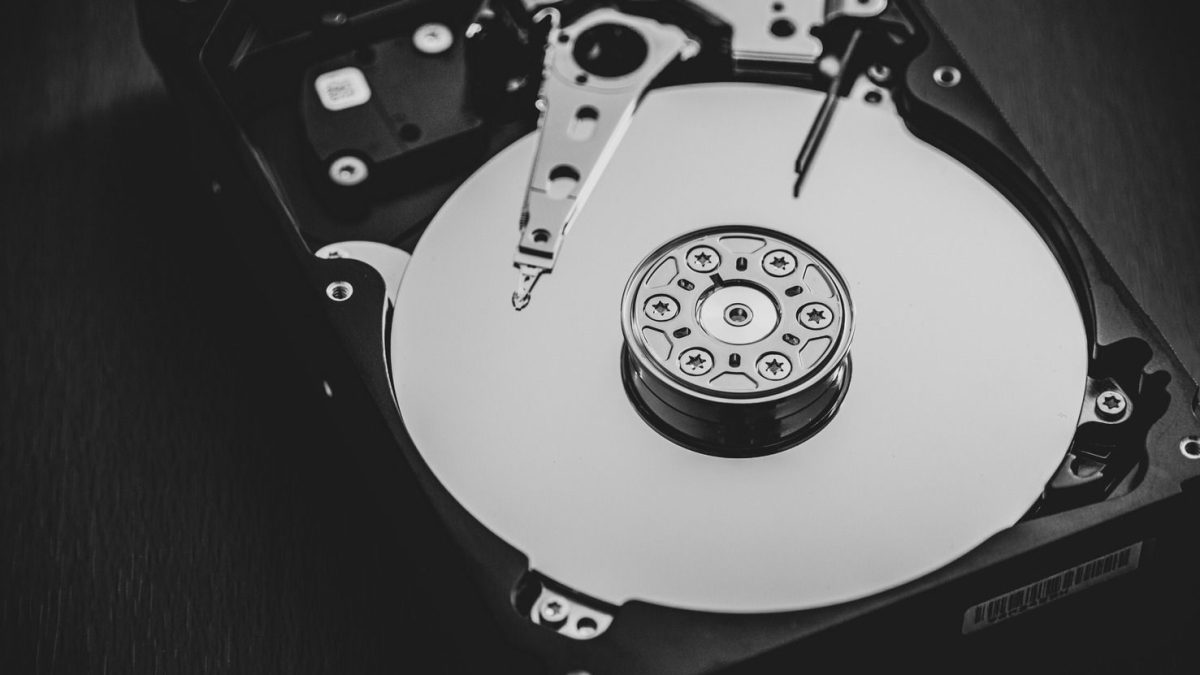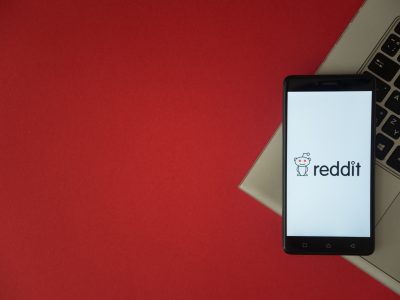
China’s most significant monetary stimulus package since the Covid-19 pandemic has lifted market sentiment but experts have found the policy moves wanting.
In commentaries released this week, researchers have pointed out that the acute weakness in credit demand is likely to render the relaxation in borrowing costs ineffective.
They have also said that the economy needs additional monetary easing and a fiscal stimulus to achieve a real boost and help the country hit its ambitious annual growth target of around 5%.
Weak credit demand could hinder the policy’s effectiveness
At the core of China’s stimulus strategy is the reduction of interest rates and RRR.
The PBOC cut RRR by 0.5 percentage points and the main policy rate by 0.2 percentage points, providing commercial banks with more liquidity to lend.
Additionally, the central bank indicated the possibility of further RRR cuts by year-end, depending on the economic situation.
However, despite this monetary easing, experts argue that weak credit demand could hinder the policy’s effectiveness.
“Monetary easing during a downturn can sometimes feel like ‘pushing on a string,’” said Tianlei Huang, senior researcher at the Pearson Institute for International Economics. He added,
Although the monetary easing measures will lower borrowing costs, which have remained high in China because of falling prices, credit demand is now so weak that households and corporations may still not want to borrow and banks may not want to lend.
He also estimated some of the additional liquidity released into the banking system to flow into central government bonds, because of the lack of investment opportunities in the economy.
Housing market and economic structural challenges
In addition to interest rate cuts, the PBOC introduced measures to support the struggling housing market, including reduced mortgage rates and lower down payment requirements for second homes.
Yet, these steps may not be enough to revive the housing sector, which has seen a significant downturn. Huang said,
After the huge property market bust, Chinese households stopped viewing housing as a preferred asset class. That perception will be extremely hard to reverse.
China’s stimulus also includes funding support for affordable housing projects.
The PBOC raised the funding ratio for loans to state-owned firms converting excess housing inventory into affordable housing units.
While this move aims to address the housing surplus, experts warn that it does not solve the fundamental mismatch between areas with high housing demand and those with an oversupply of housing.
Besides, rental yields of any affordable housing units in major Chinese cities are likely to be too low to convince banks and state firms to respond to the PBOC’s initiative, Huang said.
Boost in stock prices may lead to a bubble without resolution of deeper issues
In an attempt to boost stock market activity, the PBOC introduced new monetary tools to provide liquidity to institutional investors.
Under the scheme, investors can borrow Treasury bonds and central bank bills using stock exchange-traded funds (ETFs) as collateral, which they can sell to raise cash for further equity investments.
The central bank will also offer refinancing loans to banks providing credit to companies buying back their shares.
While these measures spurred a major rally in Chinese stock markets, including a record weekly gain for the Shanghai Stock Exchange, analysts caution that the effects may be short-lived.
“We could see a temporary boost in stock prices,” Huang said, “but the risk of a bubble is real if deeper issues in the economy remain unresolved.”
State-owned enterprises are expected to benefit more from the new tools than private firms, as China’s state-owned banks have a long-standing bias toward lending to state-backed businesses.
Without addressing the structural imbalances between state and private enterprises, the stimulus may not achieve its intended economic lift.
Experts call for further monetary easing and fiscal stimulus
Nigel Green, CEO and founder of deVere Group has said that the short-term market responses do not guarantee sustained recovery and additional monetary easing will be necessary in coming months. He said,
China’s inflation rates remain relatively stable compared to other major economies, allowing the PBoC more leeway to lower interest rates without triggering significant inflation.
“Further rate reductions could alleviate pressures in the beleaguered property sector by enabling developers to refinance debts and making mortgages more accessible for consumers,” he added.
PBoC governor Pan Gongsheng has given clear guidance and signalled potential for further RRR and rate cuts, if appropriate.
Besides, economists widely agree that further fiscal stimulus will be necessary to complement the PBOC’s monetary measures.
Some reports suggest that China’s leadership is considering issuing RMB 2 trillion in special sovereign bonds to fill the spending gap and support local governments grappling with debt issues.
However, the effects of such fiscal measures may not be felt until next year, as any additional funds are unlikely to be available until the end of 2024.
While infrastructure development could provide a short-term economic boost, analysts say that the indirect effects of fiscal stimulus—namely increased business and household confidence—are more crucial to sustaining long-term growth.
Yingrui Wang, China economist at AXA Investment Managers, said:
A co-ordinated fiscal policy in the near term will be important and necessary for an efficient transmission. We maintain our GDP forecast at 4.8 per cent for this year, albeit the downside risks eased slightly, and 4.4 per cent for 2025.
The post Why China’s latest monetary stimulus might fall short of reviving its sluggish economy appeared first on Invezz











